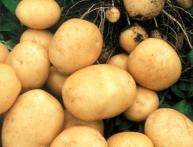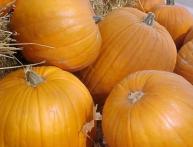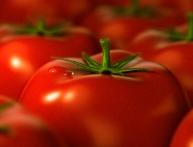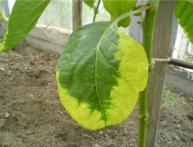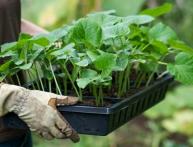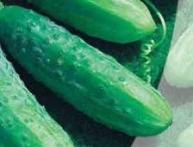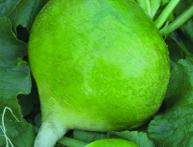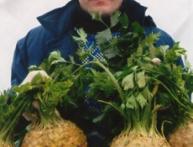Growing bell pepper and its features
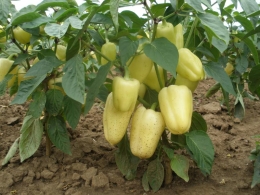
Bell pepper is valued for its good taste and high content of vitamin C. In addition, it contains carotene, vitamin P and some B vitamins. This pepper is also rich in minerals. It contains salts of iron, calcium, zinc, iodine, phosphorus, magnesium, sodium, potassium. Growing bell pepper does not present any particular difficulties, but has its own characteristics. Seeds for seedlings are sown at the end of February and planted in the ground at the age of 60-70 days. Of course, you can plant younger seedlings, but then the harvest will be smaller.
Seeds bell pepper difficult to germinate when sowing, they are only lightly sprinkled with soil, covered with glass or polyethylene and placed in a warm place. Seedlings may appear only after a couple of weeks. All this time, it is better to moisten the soil in the box by spraying. Although peppers are a member of the nightshade family, like tomatoes, they require slightly different conditions. Pepper seedlings are usually not picked and the seeds are immediately planted in separate containers. This plant needs fertile soil, warm and humid air. But it does not like direct sunlight.
Therefore, seedlings are usually planted in greenhouses, where the necessary conditions for growing can be provided. You can feed peppers with both mineral and organic fertilizers. There is no need to tie up this plant; its trunk becomes woody and holds fruits well. They can be harvested while still green; they ripen indoors, like tomatoes. In the open ground It makes sense to grow bell pepper only in southern regions with a mild climate.

